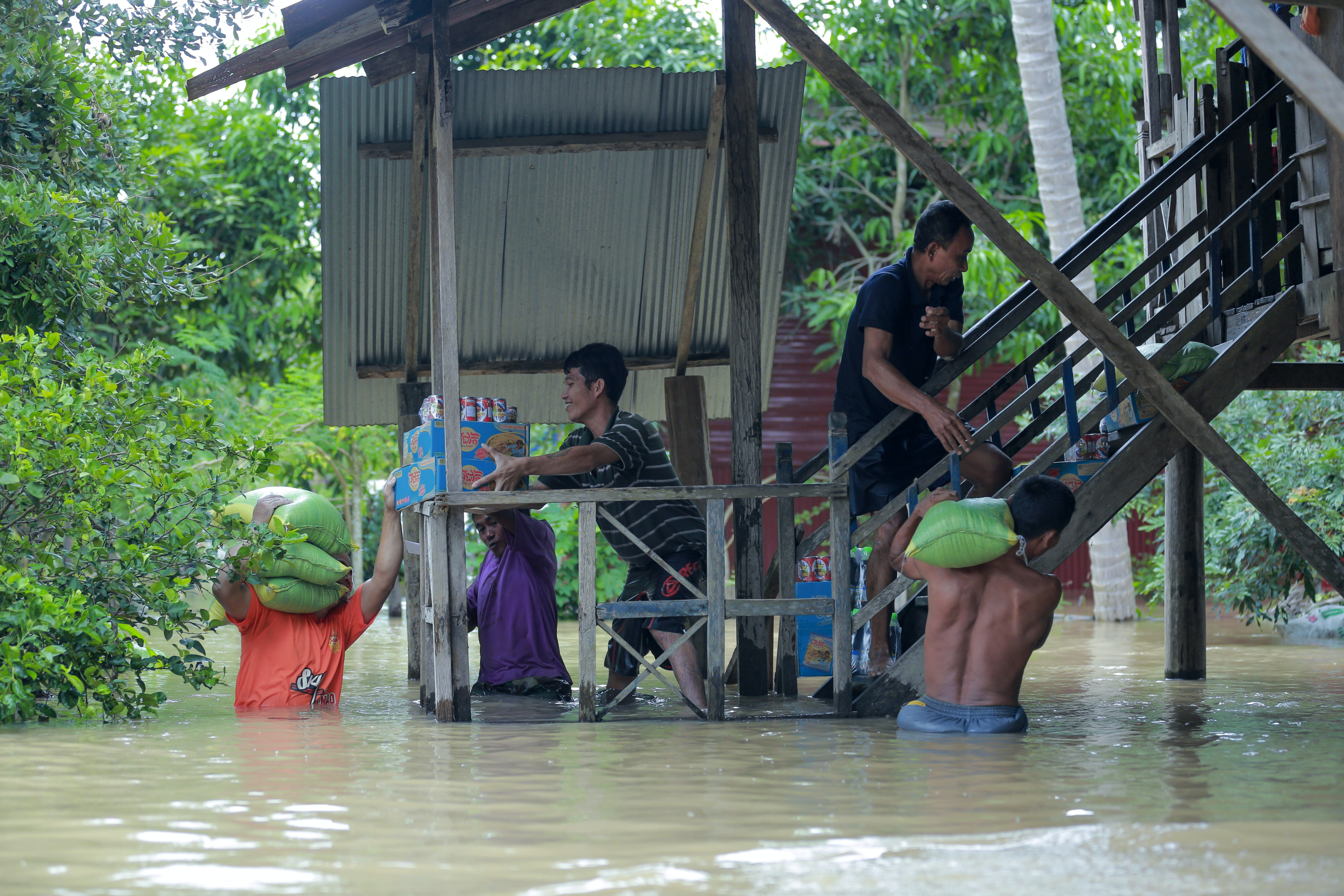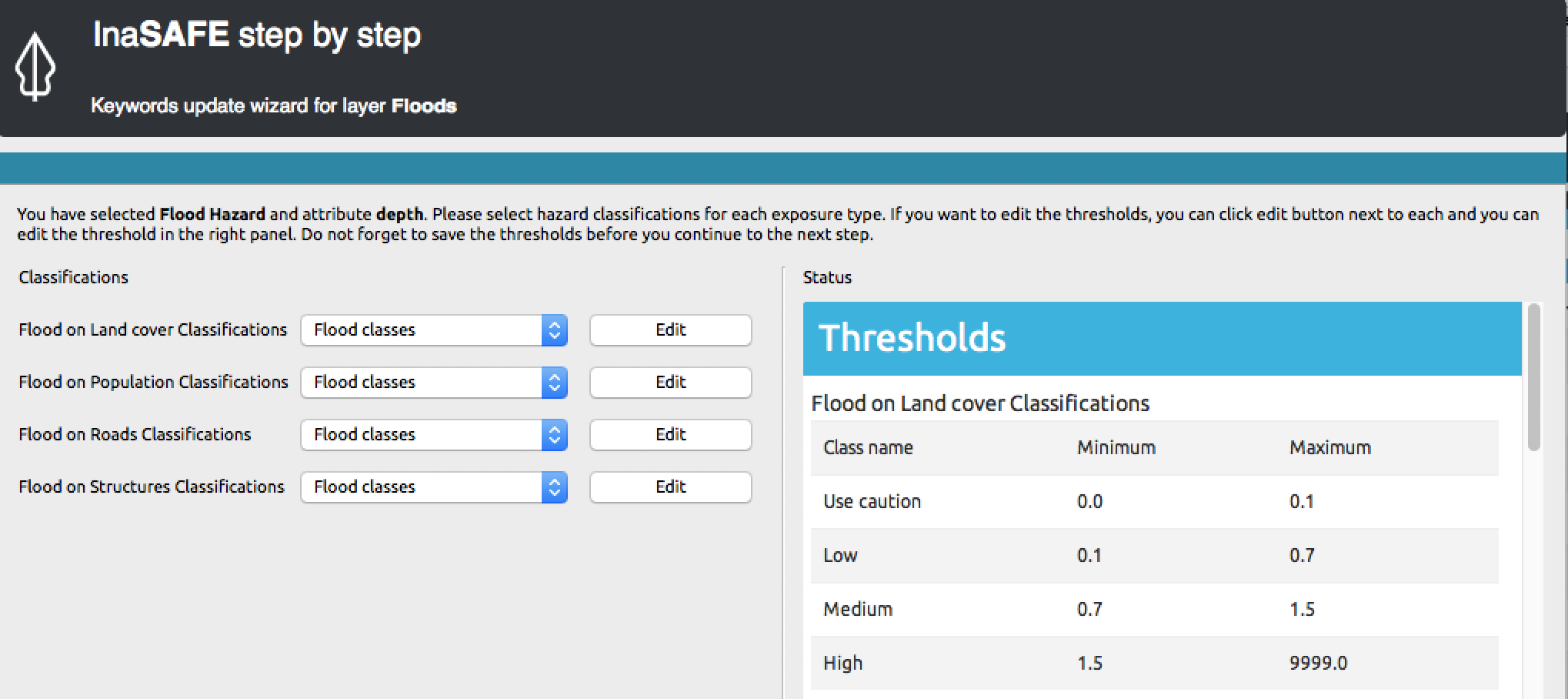
Classification of Hazards in InaSAFE
“Each hazard is subdivided into a number of classes in InaSAFE. This module explores the implications of this concept.”
A hazard classification is used to define a range of severity thresholds (classes) for a hazard layer. The classification will be used to create classes of data that each present a similar hazard level. During the analysis, each exposure feature will be assessed to determine which hazard class it coincides with, and then a determination will be made as to whether and how the exposure feature is likely to be impacted by the hazard. When the class is used in the context of population, it will also determine what the displacement and fatality rates are for people affected by the hazard class.
(Photo by Ny Menghor on Unsplash)

You try:
Goal: To understand the importance of hazard classes
Using the table below, work with your group to assign the properties of each hazard class as listed according to the following:
- AF: Will people be affected by the hazard? (write N for no, Y for yes)
- DR: What is the displacement rate for people affected by the hazard?
- FR: What is the fatality rate for people affected by the hazard?
| Threat | Exposure | Class | AF | DR | FR |
|---|---|---|---|---|---|
| Flood | Population | High > 1.5m | |||
| Flood | Population | Medium 0.7m - 1.5m | |||
| Flood | Population | Low < 0.7m | N | 0% | 0% |
Check your results:
Swap your list with the person next to you and see if they had any different ideas in their answers.

More about
When you run the InaSAFE keywords wizard for a hazard dataset, one of the steps will ask you to indicate which classification to use for each exposure type (see image below). The reason for this is that for the same hazard class, the severity of impact will differ. For example, buildings may be unaffected by 20cm of flood water (depending on the architecture used), whilst roads may be unusable.
Similarly different hazards may result in different level of impact even though ostensibly the classification scheme is the same. For example, if we compare hazards like flood versus tsunami, the water dynamics can result in a flood level of 0.5m having a low displacement rate for people, whereas the force of tsunami waters may result in a much higher displacement at the same depth.

Check your knowledge:
-
Hazard classifications provide a way to define per-exposure hazard thresholds:
- true
- false
-
Mark all the correct statements:
- Fatality rates are defined for each class in each hazard
- During the keywords definition process of a hazard, you need to define a classification scheme for each hazard class
- During the keywords definition process of a hazard, you need to define a classification scheme for each exposure type

Further reading:
-
See the hazards section in the InaSAFE technical documentation at: http://manual.inasafe.org

